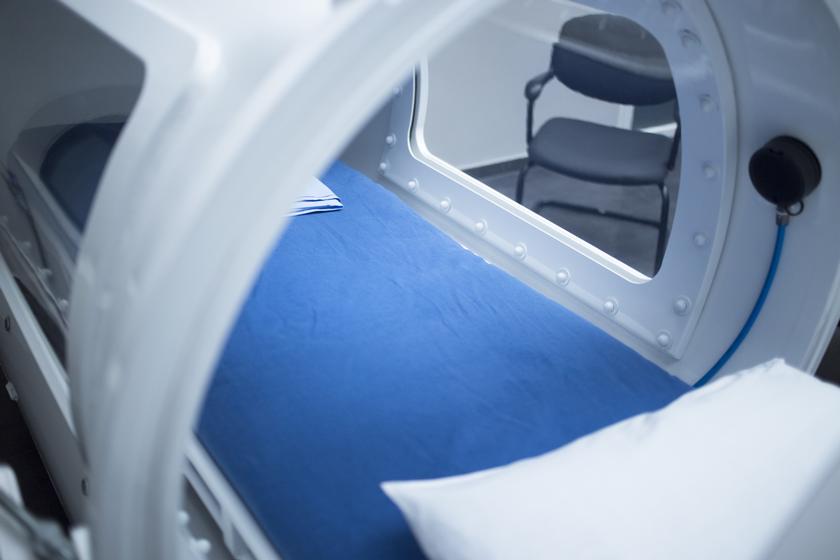- Categories :
- More
Unlocking the Healing Power of Oxygen: The Benefits of Hyperbaric Oxygen Therapy

Hyperbaric Oxygen Therapy (HBOT) is a type of therapy that involves increasing the pressure of the environment around a person while they breathe 100% oxygen. This process saturates the plasma in the blood with oxygen, allowing it to act as a reservoir and transport oxygen to the cells in the body. HBOT is different from other oxygen delivery devices and therapies because it bypasses the red blood cells and utilizes the plasma to transport oxygen.
Oxygen absorption in the body happens through diffusion, which is the passive transport of molecules from high concentration to low concentration. In HBOT, the pressure is increased, creating a greater differential pressure gradient between the lungs and the circulation. This increased pressure gradient causes more oxygen molecules to be absorbed into the plasma of the blood, resulting in higher oxygen saturation levels in the body.
At sea level, the pressure of the environment allows a person to absorb oxygen and saturate their red blood cells. However, as a person moves higher in altitude, the pressure decreases, causing fewer oxygen molecules to be absorbed into the plasma of the blood. This makes it harder for red blood cells to become fully saturated, resulting in an increase in respiratory and heart rate. HBOT can help with altitude sickness by increasing the pressure and oxygen saturation levels in the body.
HBOT has many benefits, including promoting wound healing, reducing inflammation, and treating carbon monoxide poisoning, among others. By increasing the oxygen saturation levels in the body, HBOT promotes the growth of new blood vessels and the healing of damaged tissue. This makes it effective in treating conditions such as diabetic foot ulcers, burns, and radiation injuries.
HBOT can also be used to treat inflammation in the body, which is associated with many chronic conditions such as Crohn's disease, ulcerative colitis, and multiple sclerosis. By increasing the oxygen saturation levels in the body, HBOT can reduce inflammation and promote healing.
Additionally, HBOT can be used to treat carbon monoxide poisoning, a condition that occurs when a person inhales carbon monoxide, a toxic gas that prevents oxygen from being absorbed into the body. By increasing the pressure and oxygen saturation levels in the body, HBOT can help remove carbon monoxide from the blood and restore oxygen levels to normal.
Overall, HBOT is an effective therapy for a range of conditions. The therapy works by increasing the amount of oxygen a person's body can absorb in a way that no other therapy can. It has numerous benefits, including promoting healing in the body, improving brain function, cognitive function, and mood. The therapy is safe, non-invasive, and painless. If you are considering HBOT, speak to your doctor to determine if it is right for you.
FAQs:
What conditions can be treated with Hyperbaric Oxygen Therapy?
HBOT can be used to treat a wide range of conditions, including diabetic foot ulcers, radiation injuries, carbon monoxide poisoning, decompression sickness, and more.
How long does a typical HBOT session last?
A typical HBOT session can last anywhere from 30 minutes to 2 hours, depending on the specific condition being treated and the recommendation of the healthcare provider.
Is HBOT safe?
HBOT is generally considered safe when performed by a qualified healthcare provider. However, as with any medical procedure, there are some potential risks and side effects, including ear pain, sinus pain, and temporary changes in vision.
How many HBOT sessions are typically required to see results?
The number of HBOT sessions required can vary depending on the specific condition being treated and the individual patient. Some patients may see results after just a few sessions, while others may require multiple sessions over a longer period of time.
Do you have more questions? Request a consultation online with the link below \/
https://bodybenefitswoodlands.com/contact-bodybenefits-medispa-woodlands-texas/

















